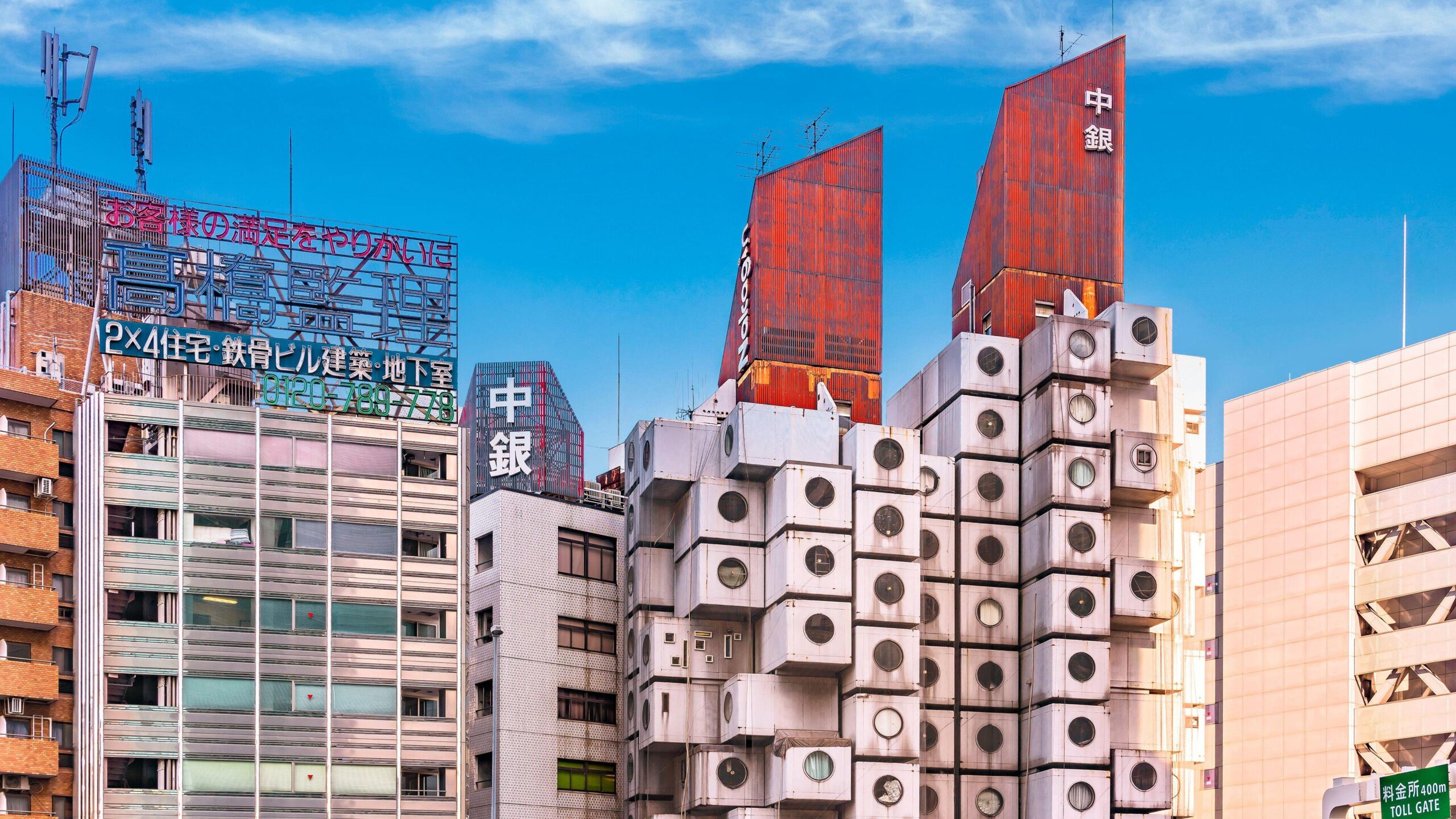
Tokyo’s famed building was demolished on April, because of fear for asbestos. 23 of those capsules derived from such a procedure, though, have now been saved that can be utilized for future use. These capsules are currently preserved in a warehouse in Chiba prefecture, close to Tokyo.
Tatsuyuki Maeda has a reasonable ground to feel regretful the most than others, as he and other admirers and office workers take time to watch the Nakagin Capsule Tower being demolished. For over a decade, the said building has been Maeda’s transient residence. Maeda values this home more than anything else since he laid eyes on it from his workplace not too far from the property, until the present time.
The creator of the Capsule Tower, famed architect, Kisho Kurokawa, did intend for the processing of the removal of and replacement of the capsules, every 25 years at the end of their natural life cycle, as seen by Kurokawa. Such a plan is seen as impractical, as it causes impossibility in removing single pods.
In 2021, the capsules began to become discolored, having been originally painted white. Nets had to be installed to avoid having the dislodged rust fragments fall off on the street. The substantial amount of asbestos inside the building wasn’t able to comply with Japan’s stringent regulations that involve earthquake impact control.
The management and the capsule owners have come to the decision to sell the plot. Procedure work started in April last year to take away the asbestos, rip away the pods’ interior parts, and dismantle the overall structure of the building.
Maeda shared that he had an office located nearby the site. So, he took photos of the structure when construction specialists started to take the components of the structure off the building. Maeda owns fifteen of the pods. Maeda further shared they weren’t able to restore all of the capsules that were available, but, they were persistent in saving some of these capsules.
Maeda had already planned to preserve the tower’s legacy in the architectural industry. Such a situation commences following the determination made that the 13-storey building was not going to stand on its own to survive. Maeda ended up renting out some of the pods he owned. Furthermore, Maeda facilitated guided tours within the premises for fund raising.
Nakagin was built in 1972, located in Japan’s Ginza district. Nakagin comprises of an asymmetric stack of 140 identical looking concrete boxes. These boxes were home to a group of artists and designers, and renters who weren’t able to do lengthy commutes home to the suburbs during weekdays within a community.
Taking in the view of the tower externally, the capsules strike a strong resemblance with massive-sized washing machines. The capsules are complete with having one circular wind, and a blind that aids in fanning out to protect the renters from the glaring rays of the city lights. An individual 10-square meter space is accompanied by the existence of an individually unit-based bathroom, a Sony Trinitron TV, a reel-to-reel tape player, and a rotary dial phone.
An ancient example of metabolism, the tower was created as part of an avant-garde architectural innovation that started in Japan during the late 1950’s. The disciples involved in this construction project saw the buildings as catalysts that can be adapted or removed, varying on how the situation goes, over time.
Kurokawa and his counterparts need architecture to make the accommodation of drastic changes that are to take place in Japan during the post war economic and cultural transpiration of situations, events, and several associated components.
Fourteen of these capsules are being preserved in their original physical form.

